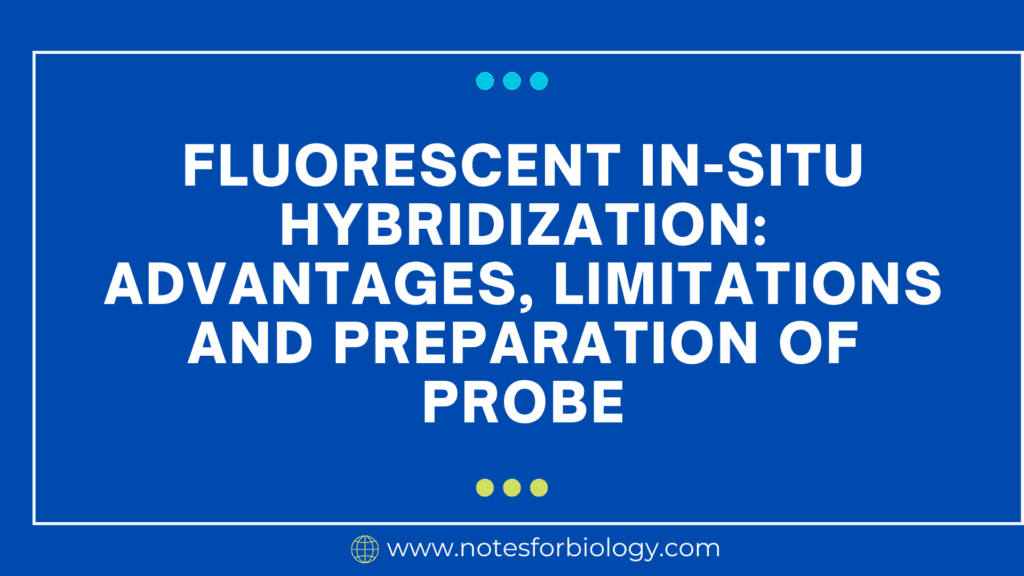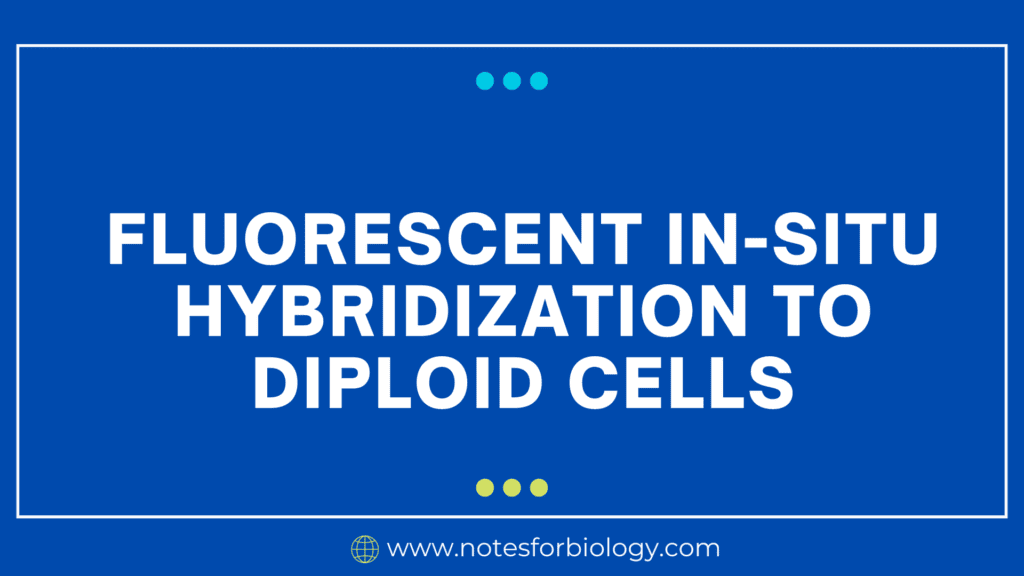Internal structure of dicot root
Dicot root Dicot roots extend deeply into the soil as a single, thick root with lateral branches. This type of root structure is known as a taproot. The major vascular structures of dicot roots are surrounded by the ground tissue, which is mainly made up of parenchyma cells. Beneath the soil, hidden from the prying […]










